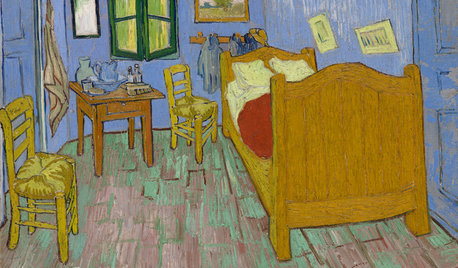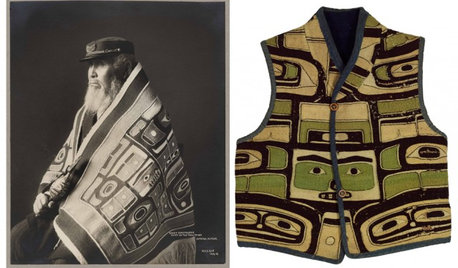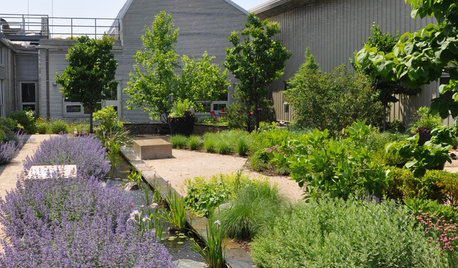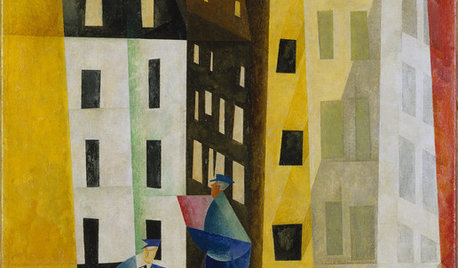21 February 2011
endorphinjunkie
13 years ago
Related Stories

EVENTS15 Art and Design Events to Know for February
Revel in a month’s worth of art, gardening, architecture and more
Full Story
GARDENING GUIDESGreat Lakes Gardener's February Checklist
Force flowering branches indoors or see if you can spy any early-flowering bulbs peeping out from the ground
Full Story
7 Top Design Events: Sept. 30-Oct. 21, 2011
Get out and get inspired! See what's on the Houzz list of things to do this fall
Full Story
EVENTS6 Top Design Events: Oct. 21-Nov. 12, 2011
Mark your creative calendars! See what's on the Houzz list of things to see and do
Full Story0

EVENTS7 Top Design Events: Oct. 7-28, 2011
Get out and get inspired! See what's on the Houzz creative calendar this month
Full Story
EVENTS6 Top Design Events: Oct. 14-Nov. 4, 2011
Mark your creative calendars! See what's on the Houzz list of things to see and do
Full Story0

EVENTS6 Top Design Events: Sept. 23-Oct. 14, 2011
Get out and get inspired! See what's on the Houzz list of things to do now
Full Story0

10 Top Design Events: Oct. 28-Nov. 18, 2011
Go, see, do! See what's on the Houzz creative calendar this fall
Full Story0

EVENTS6 Top Design Events: Sept. 2-23, 2011
Get out and get inspired! See what's on the Houzz list of things to see and do this month
Full Story0

EVENTS5 Top Design Events: Nov. 4–Nov. 25, 2011
Get out and get inspired! See what's on the Houzz list of things to see and do this month
Full Story0






anneliese_32
mwoods
Related Professionals
Bridgetown Landscape Architects & Landscape Designers · Quincy Landscape Architects & Landscape Designers · Brooklyn Center Landscape Architects & Landscape Designers · Jackson Landscape Contractors · Annandale Landscape Contractors · Cicero Landscape Contractors · Columbine Landscape Contractors · Hawthorne Landscape Contractors · Lakeville Landscape Contractors · Welby Landscape Contractors · Pittsburgh Decks, Patios & Outdoor Enclosures · Rancho Palos Verdes Decks, Patios & Outdoor Enclosures · Rogers Decks, Patios & Outdoor Enclosures · Arizona City General Contractors · Manalapan General Contractorswest_gardener
endorphinjunkieOriginal Author